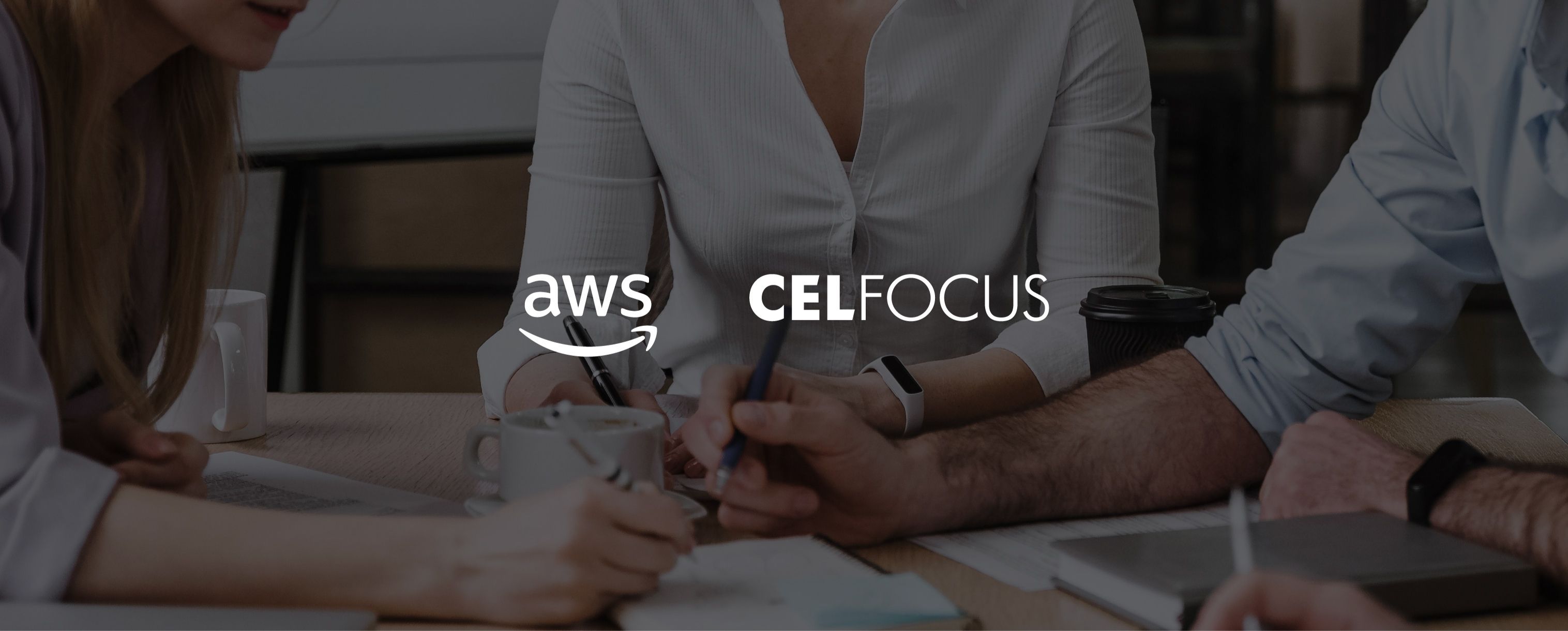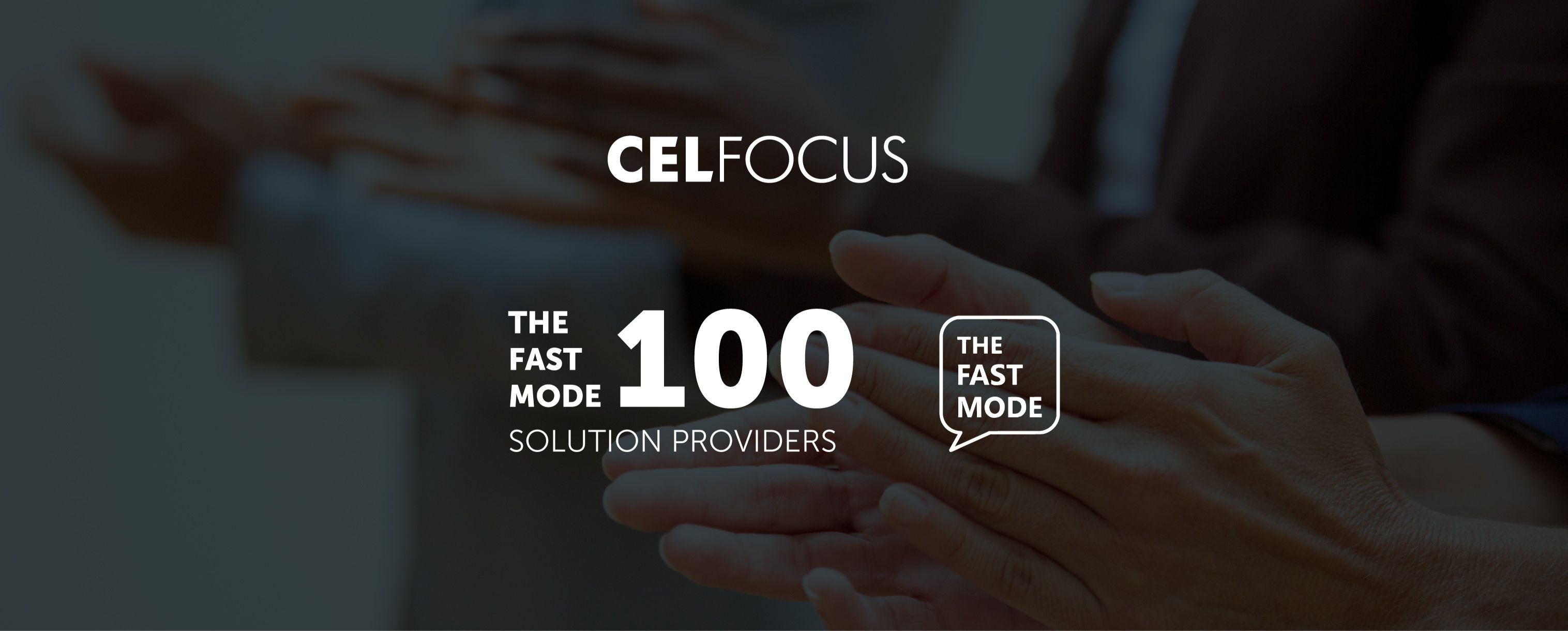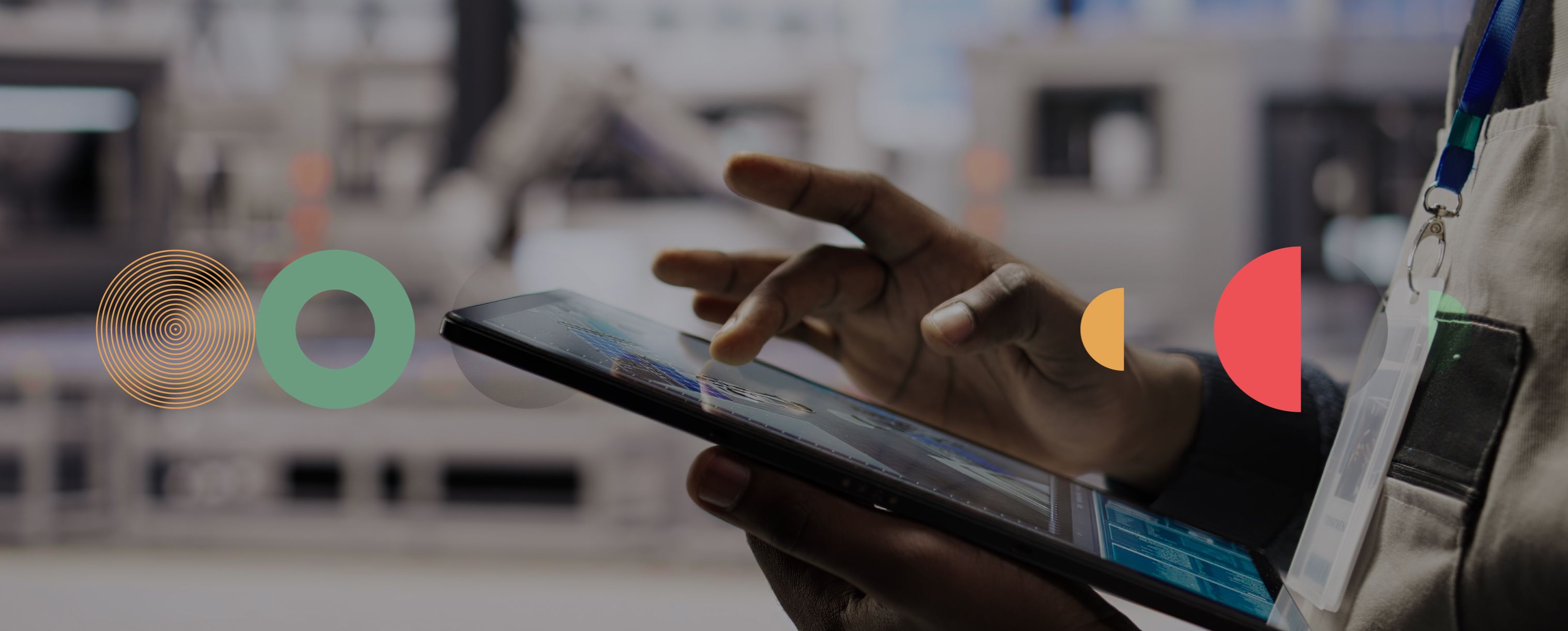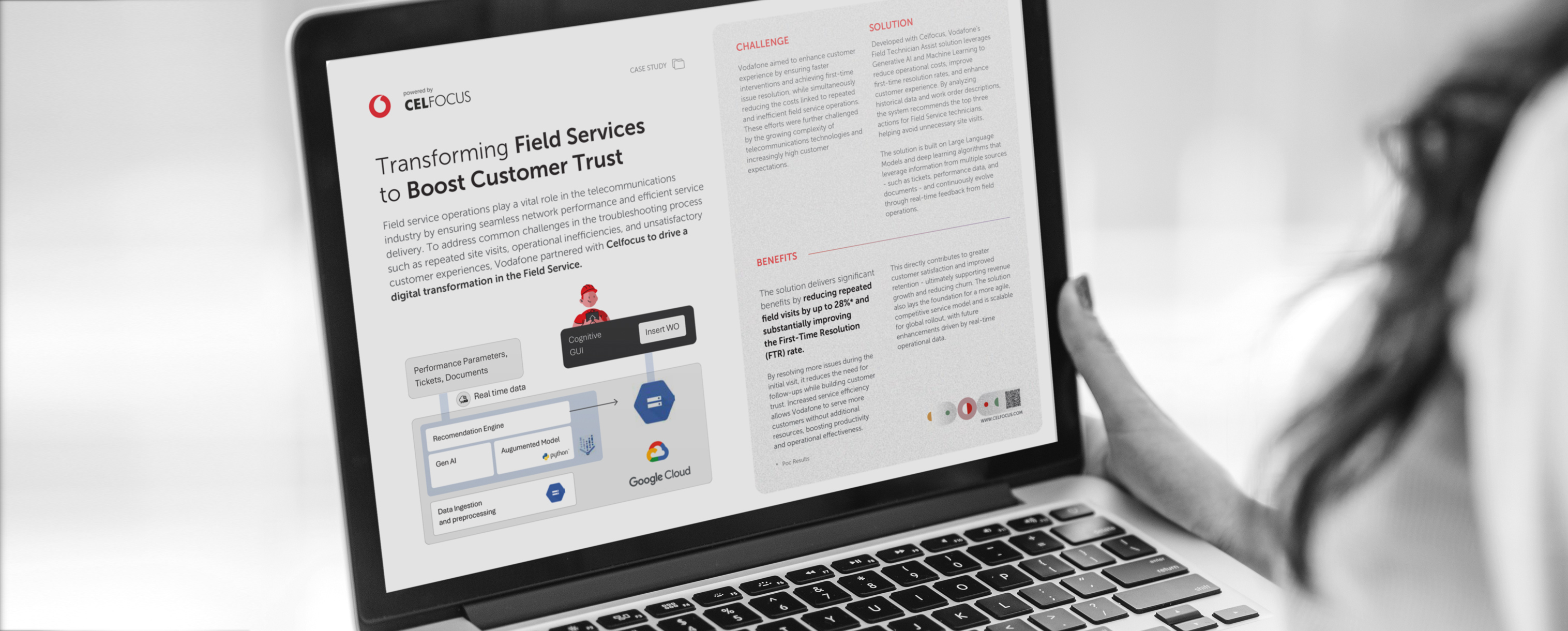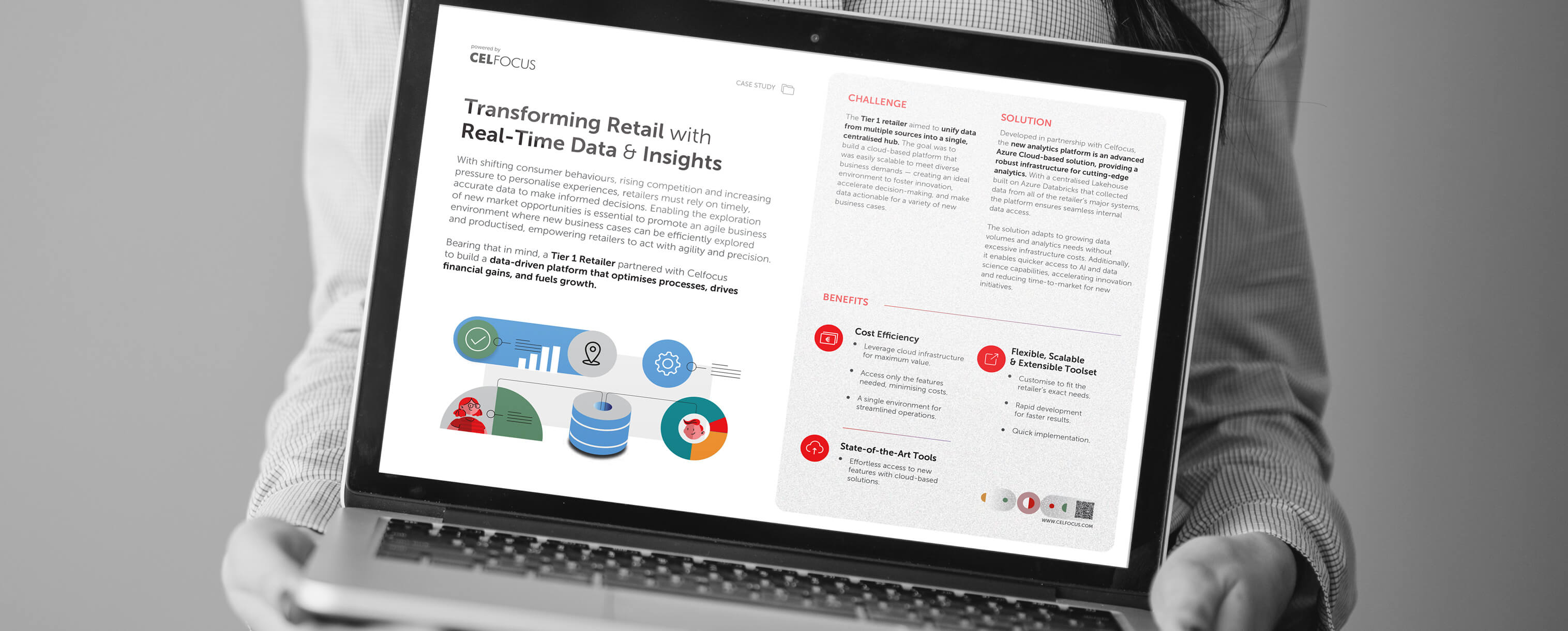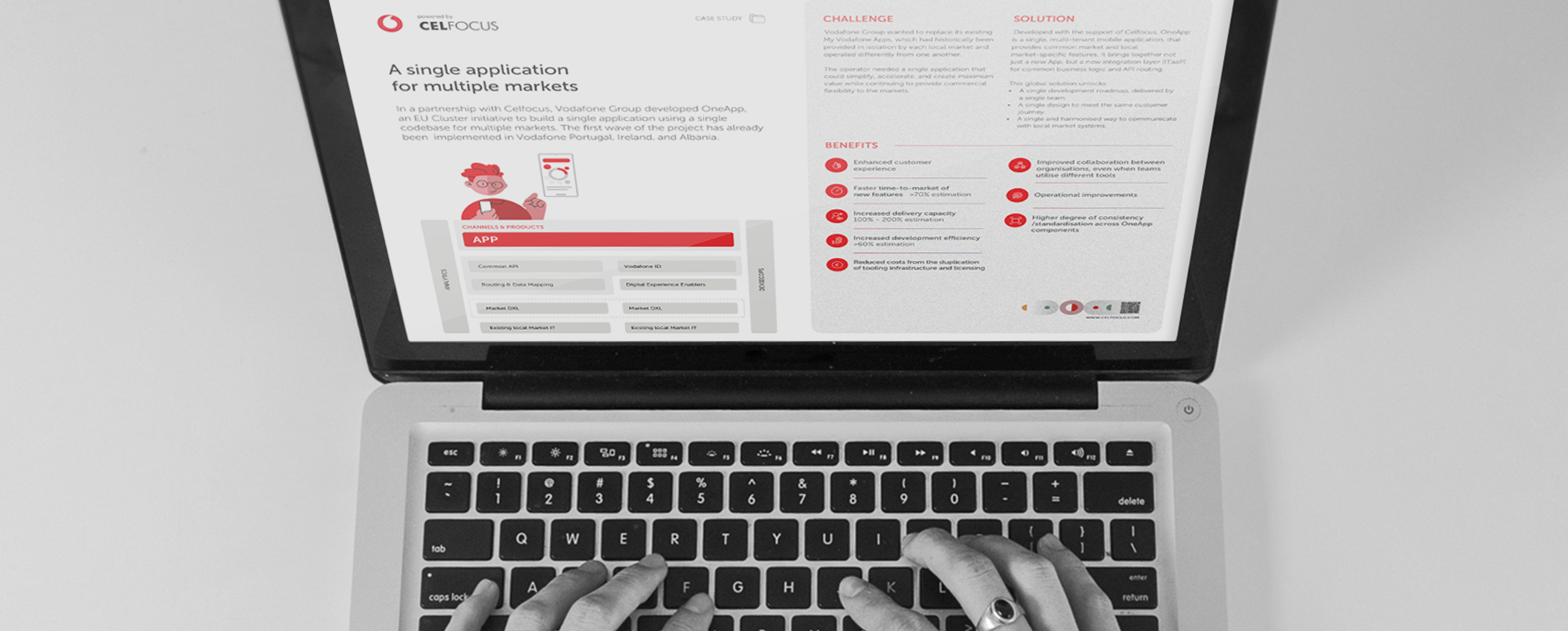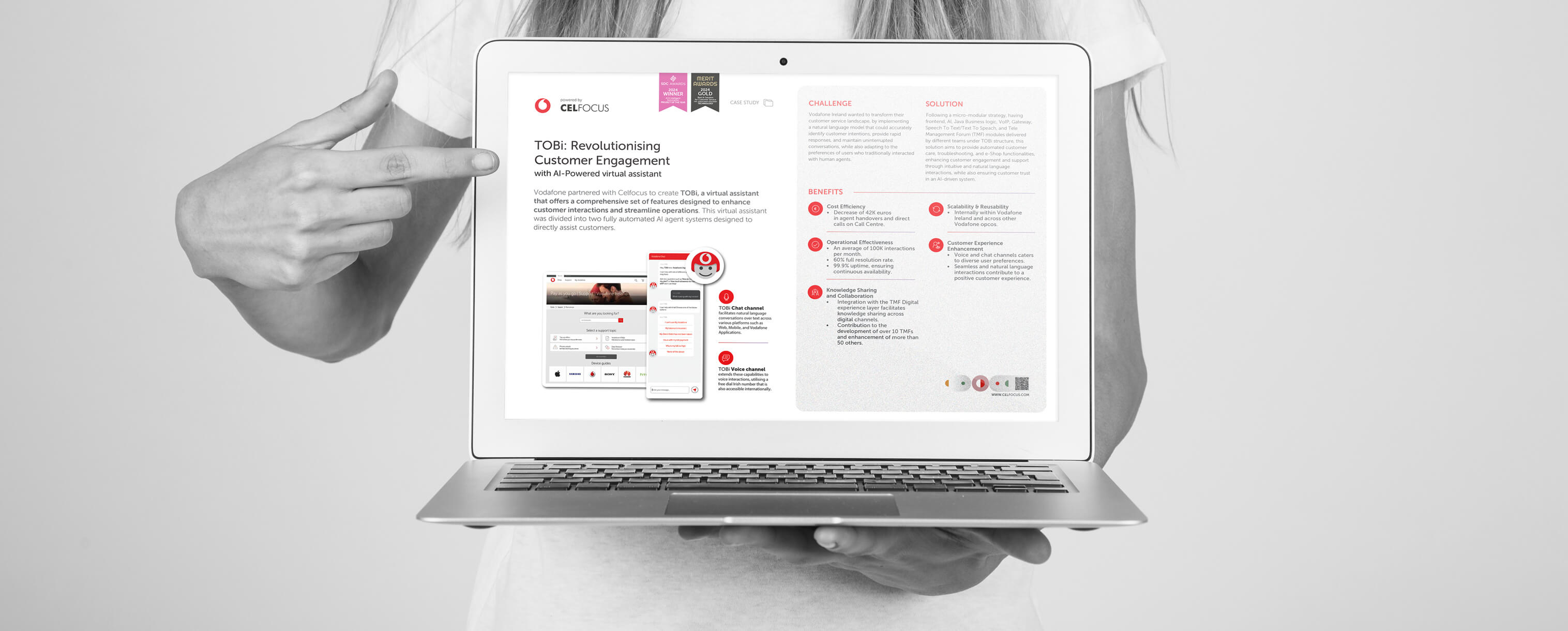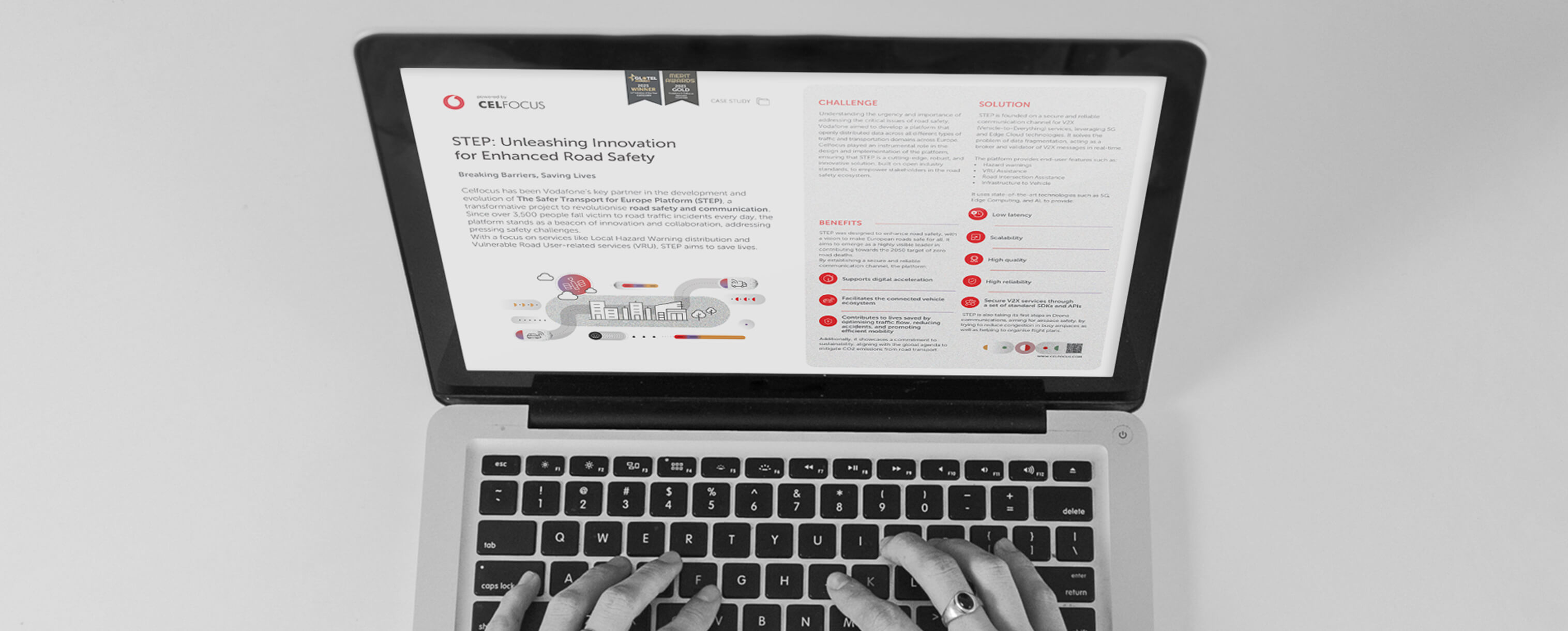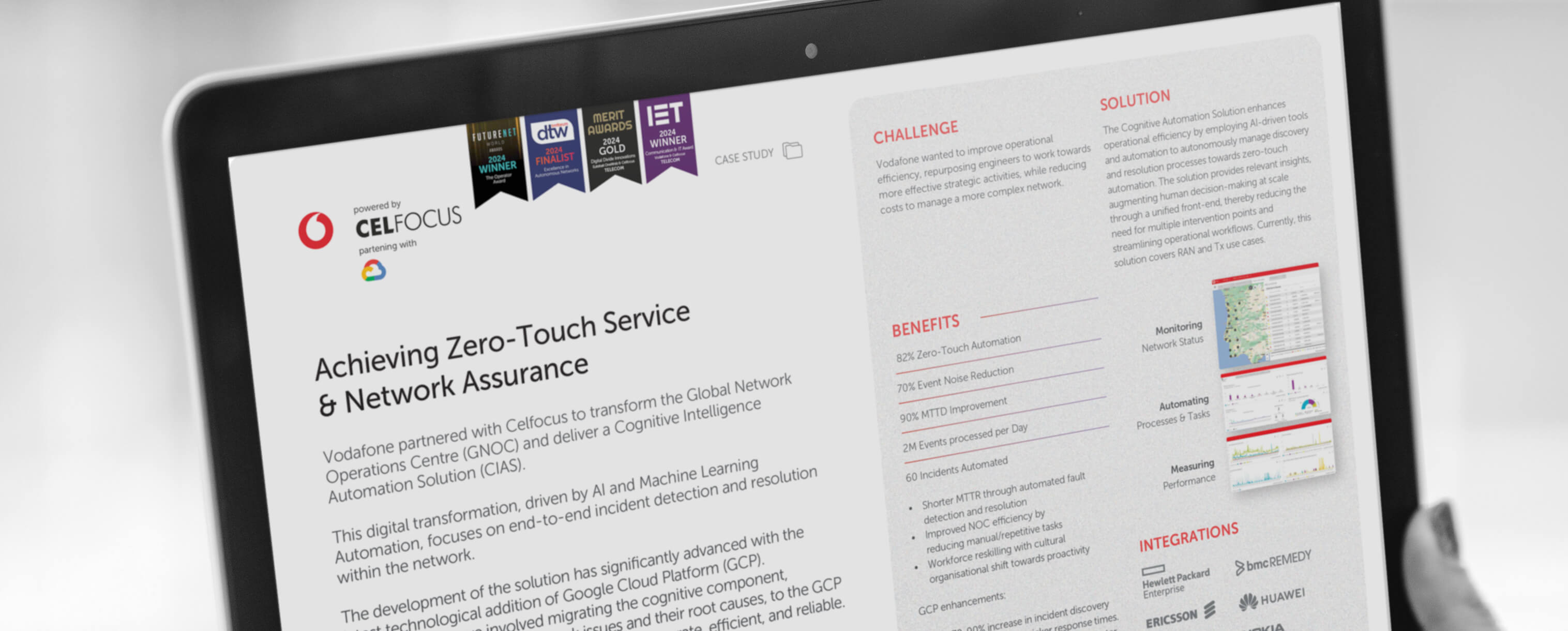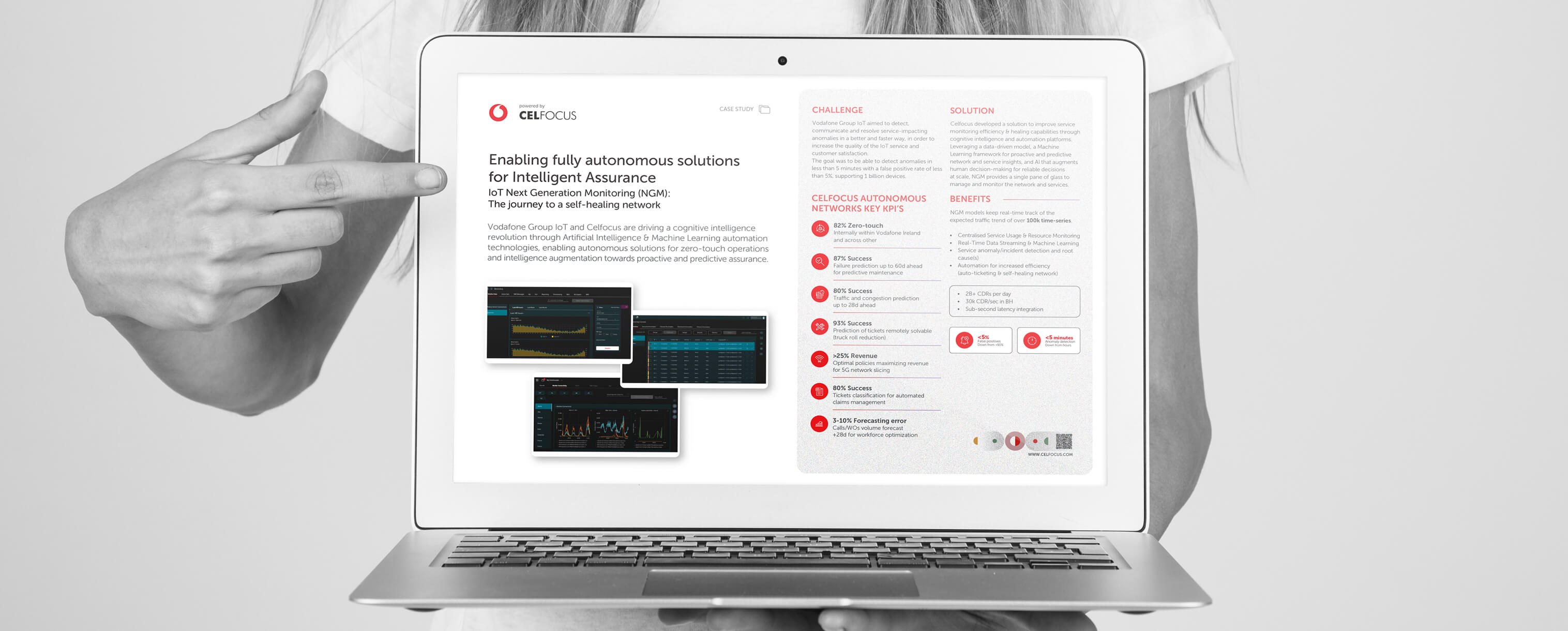|---Module:text|Size:Small---|
AI Readiness: Why it matters?
According to Gartner, 30% of (Gen)AI projects will be abandoned after proof of concept due to poor data quality, inadequate risk controls, escalating costs or unclear business value.
Some of the common challenges that end up as a blocker to move on from proof of concept are related to:
- Data – Poor data availability, quality, or governance.
- Technology – Ineffective technology or inexistence of an AI Architecture.
- Strategy – Lack of strategy and/or poor organisation alignment.
- Talent – No talent to assure development and deployment of D&A initiatives.
Being “AI-ready” means the organisation is not just experimenting with AI but is positioned to generate real business value from it. An AI-Ready organisation is one that has the infrastructure, data, talent, culture, and strategic alignment in place to effectively adopt, deploy, and scale Artificial Intelligence technologies across its operations.
Some of the key benefits of having an AI-Ready Organisation are:
- Faster value creation by being able to move from pilot to production faster and, therefore, capture business value sooner.
- Clear knowledge of what are the business goals and how to measure them.
- Time reduction of data preparation which helps to improve model accuracy by having data of quality and up to date.
- Costs reduction by capturing business value sooner, reducing time of development, and having a clear strategy.
- Controlled risks by having a D&A Governance in place.
AI readiness dimensions
An AI-Ready path involves three main dimensions that are important for organisations to focus on: Organisation & Culture, Data Availability & Quality and Infrastructure & Technology.
- Organisation & culture: Related to the mindset, leadership, structure, and people-focused practices that shape how AI is understood, embraced, and integrated into the organisation. Having executive support for AI initiatives, a clear vision for how AI aligns with business objectives, or technical knowledge between employees is key not only for pilot phases, but even more important moving forward to production.
- Data availability & quality: Organissation’s ability to collect, access, manage, and trust the data required to power AI systems. It goes from AI Governance and Ethics (e.g., bias, transparency) to Data Maturity level (clean, accessible, and well-governed data). Metadata and cataloguing activities investment are crucial for evolving on automation and governance.
- Infrastructure & technology: Foundational systems, platforms, and tools that enable AI development, deployment, and scaling. Key aspects to keep in mind: scalable compute resources, AI & Data Platforms to support AI lifecycle, automation, and integration capabilities.
|---Module:text|Size:Small---|
Where to begin? Celfocus’s approach
Becoming an AI-Ready Organisation is not a one-size-fits-all journey – it requires a structured, strategic, and phased approach tailored to each organisation’s unique context and goals. At Celfocus, we have developed a pragmatic methodology to guide organisations through this transformation, from initial self-assessment to real-world implementation.
Our approach is built around three key stages: Self-Assessment, Definition & Planning, and Executing. Each stage is designed to help organisations identify their current level of AI maturity, align AI initiatives with business objectives, and bring AI strategies to life through tangible, business value-driven use cases.
By following this path, organisations can move with confidence from understanding their readiness, to planning their AI future, and ultimately delivering measurable impact through actionable and scalable solutions.
Self-assessment
The self-assessment phase is based on questionnaire answered by the organisation, which covers the three dimensions of an AI-Ready Organisation. This self-assessment will position them in a level of maturity:
- Level 0: Foundations – Low AI maturity level organisations, lacking Data Foundations.
- Level 1 & 2: Consolidation – Foundations in place. Medium maturity organisations may start to explore some AI use cases but would still benefit from working on
- Data related initiatives.
- Level 3: Scale-up – Organisations ready to fully leverage on (Gen)AI.
Definition & planning
After positioning the organisation and understanding its starting point, when it comes to AI Maturity Level, it is important to understand the business goals. This aims to link the strategy and the most suitable roadmap for the organisation by:
- Aligning and understanding the most relevant business goals and translate them into an AI Strategy.
- Identifying most suitable next steps according to the business goals.
- Advising on best short and medium term (Gen)AI use cases which address the identified business goals.
Executing
And it’s time to leave the paper! Celfocus then propose to implement an MVP (minimum value product) aligned with the next steps previously defined and a selected short-term (Gen)AI use case. This can involve initiatives from any of the AI-Ready three dimensions, or it can be an implementation of a use case focusing not only on the use cases itself but also on tracking the right metrics to then measure the real business value generated by the MVP.
|---Module:text|Size:Small---|
Final thoughts
An organisation doesn’t have to be at top maturity level to implement (Gen)AI use cases. Maturity obviously helps on implementing a broader range of use cases, but it’s particularly relevant when we talk about scaling up these initiatives. Realising (Gen)AI full potential requires more than isolated pilot projects or scattered investments. It demands readiness at every level of the organisation.
Becoming AI-Ready is about laying the right foundations across culture, data, and technology. It’s about aligning leadership, empowering people, and making data trustworthy and accessible. It’s about building scalable infrastructure and fostering a strategic mindset that links AI initiatives to produce real business value.
At Celfocus, we believe that a structured approach – grounded in self-assessment, thoughtful planning, and real-world execution – is essential for organisations to move beyond experimentation and start delivering measurable value with AI. By embracing this journey, organisations can reduce the risk of stalled initiatives and instead unlock the full transformative power of (Gen)AI.
The path to AI readiness is not always straightforward, but with the right vision, tools, and guidance, it is absolutely achievable – and the results can be game-changing.





